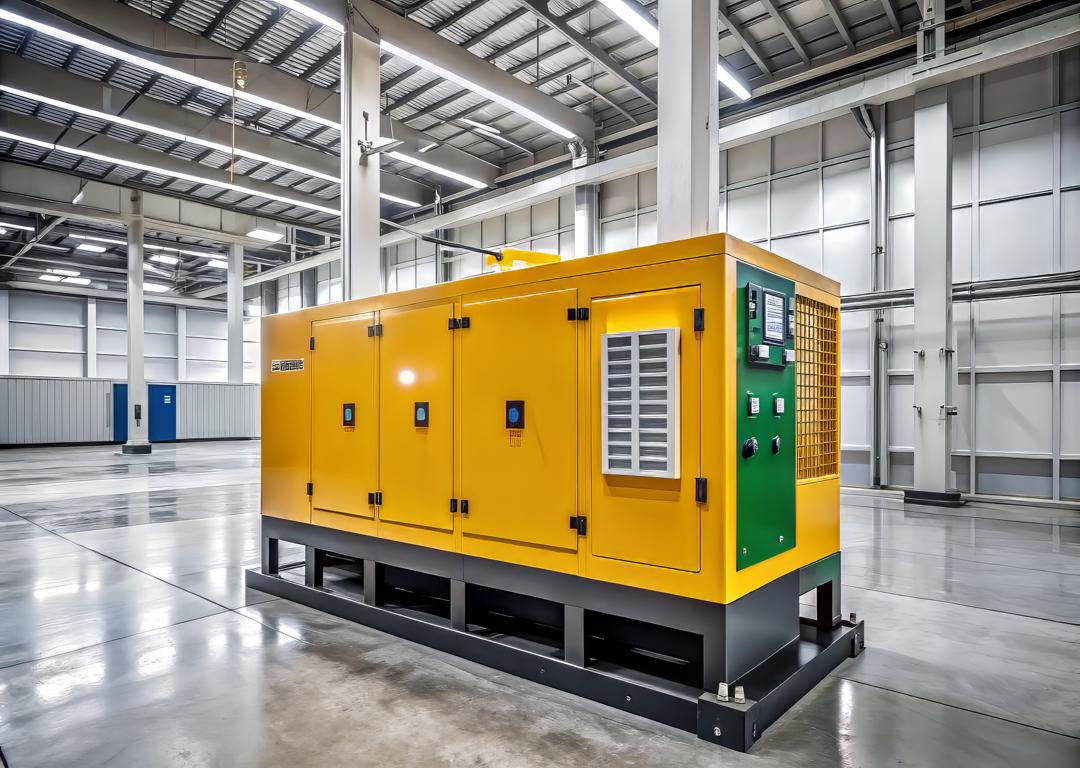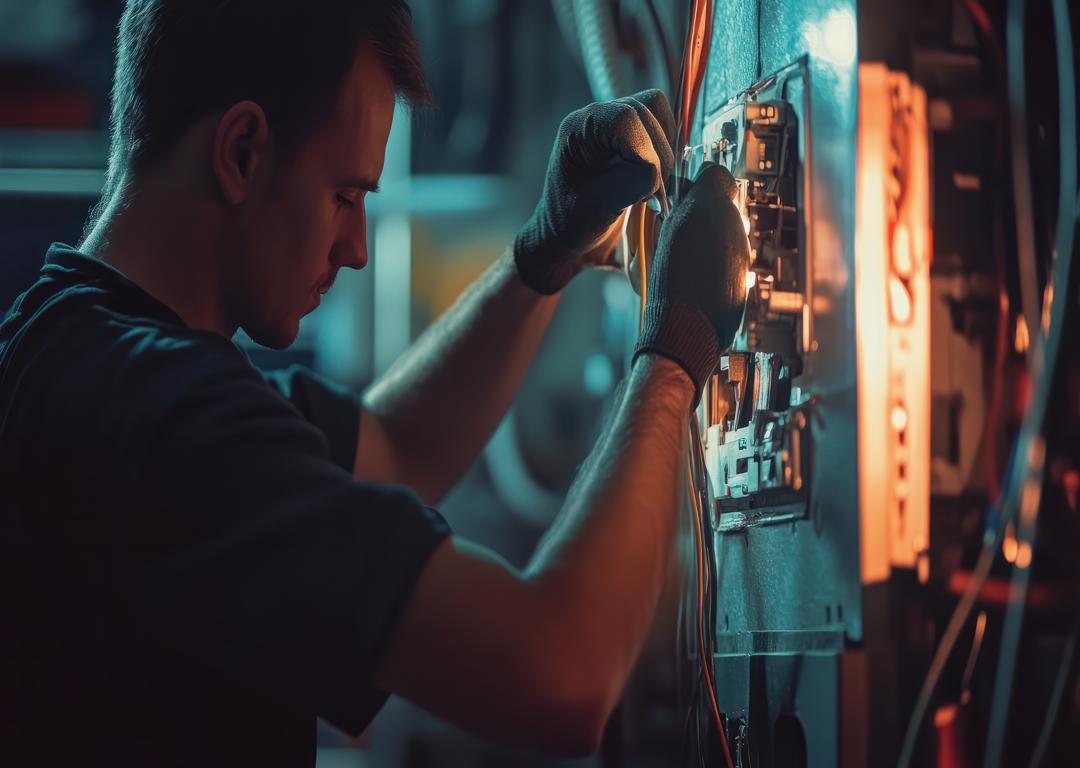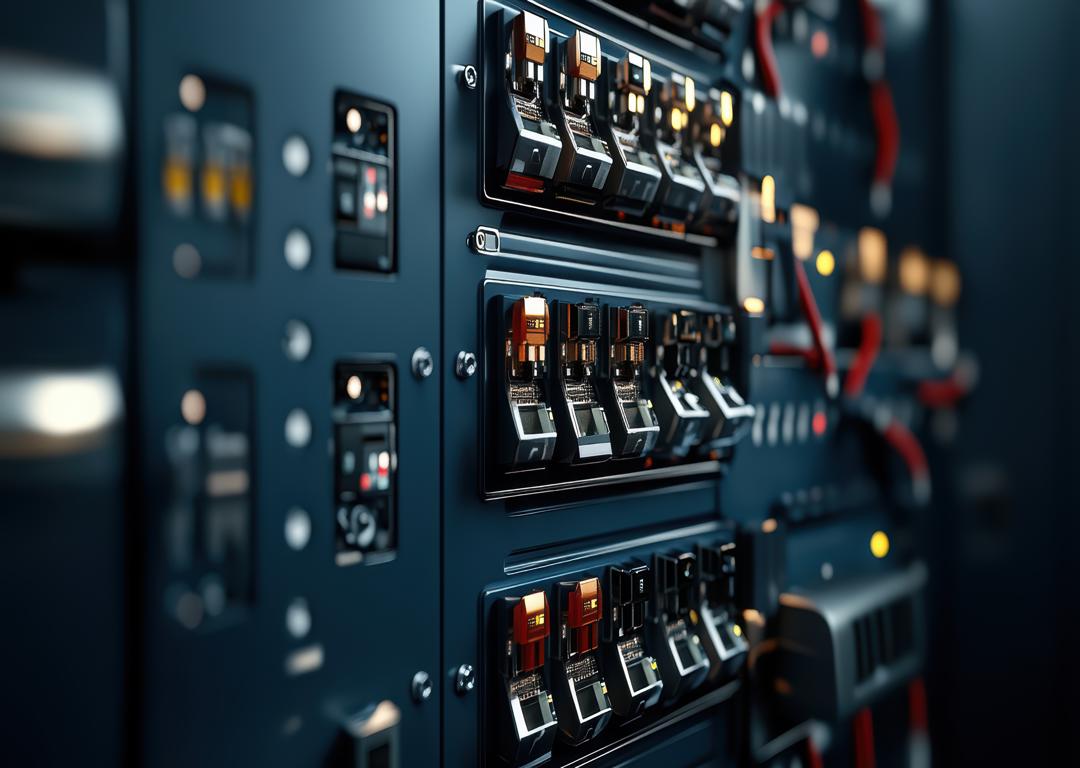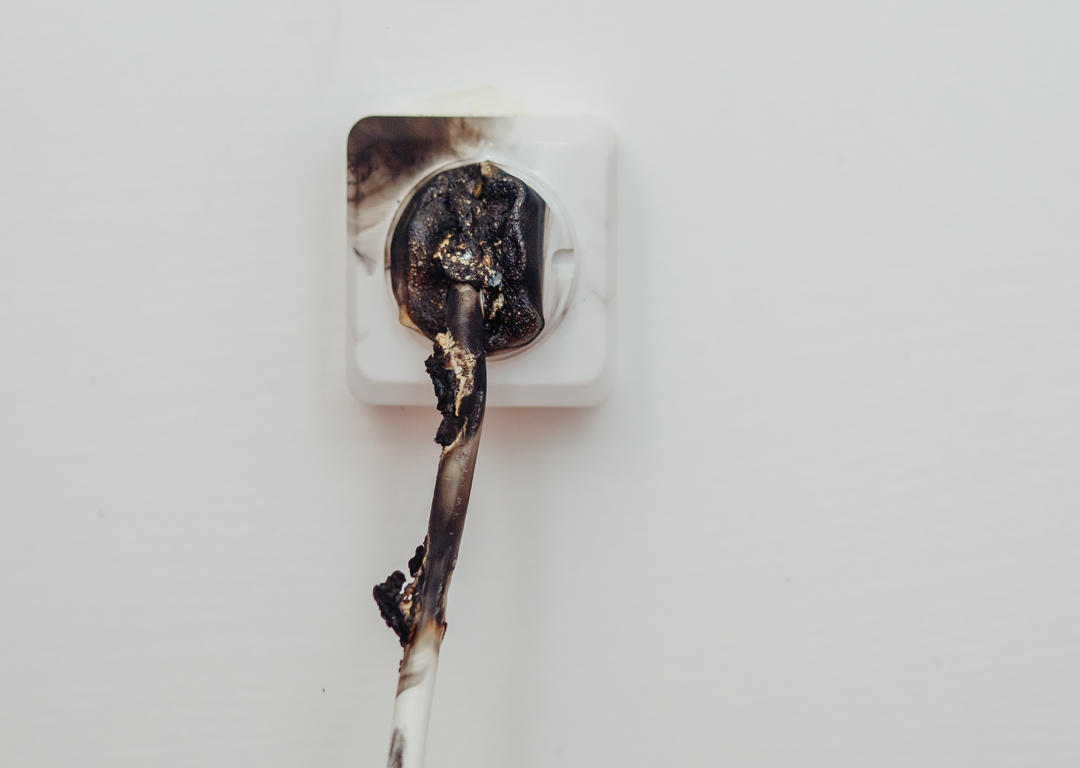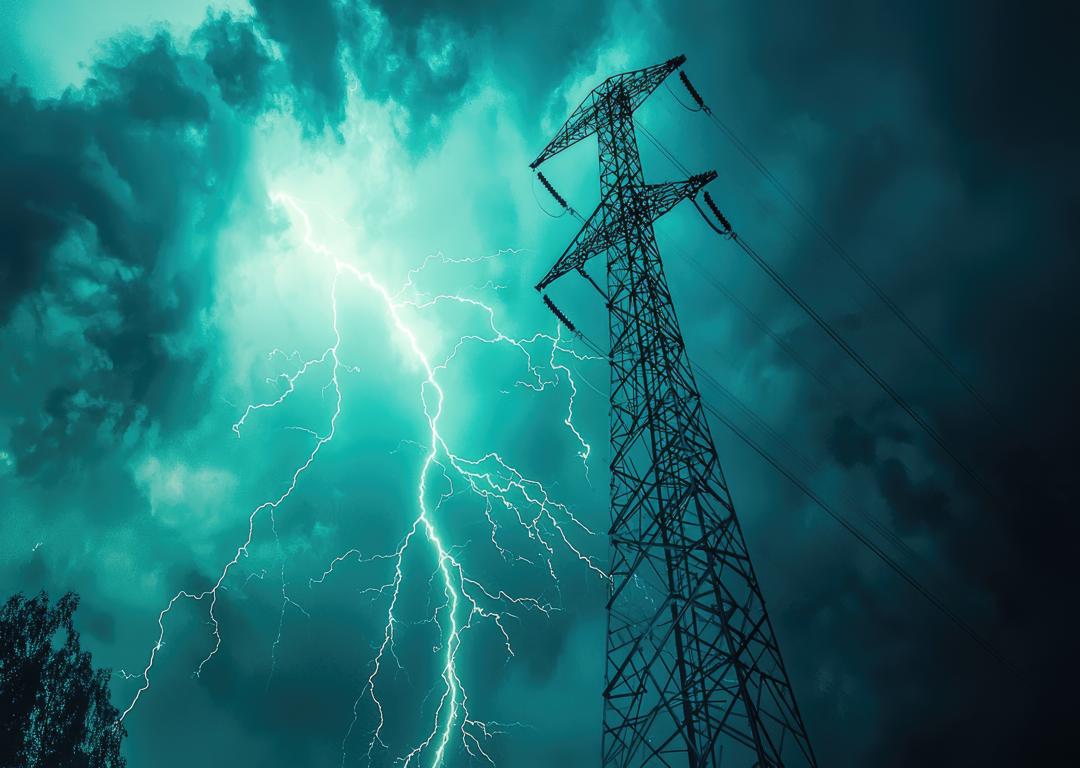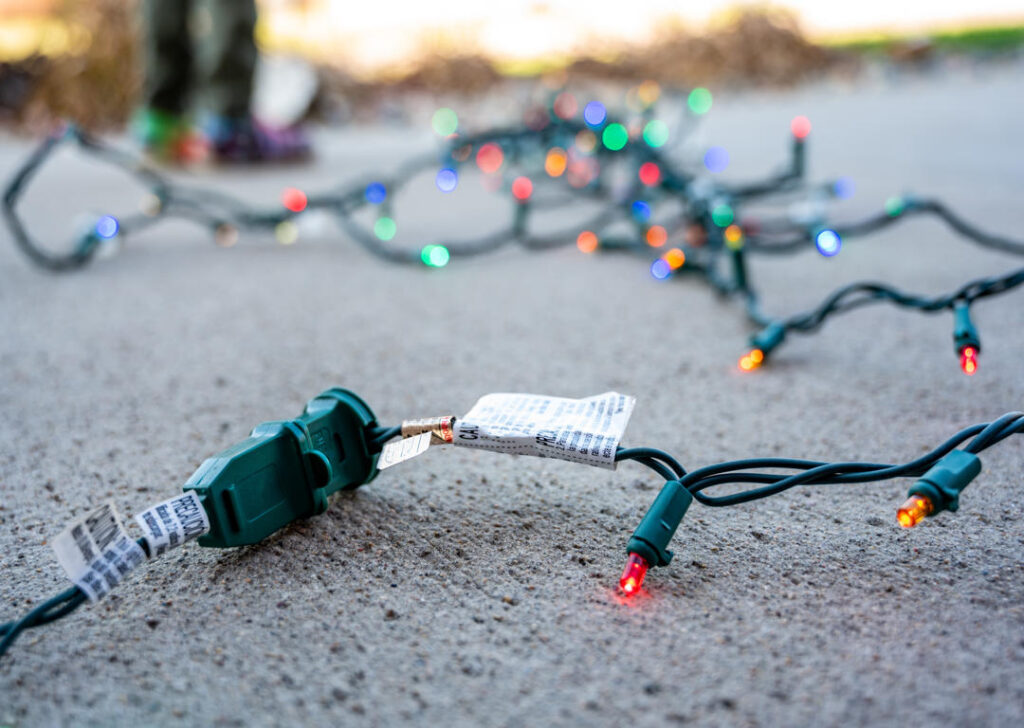
The holiday season is a time for joy and celebration, but it also brings an increased risk of electrical hazards. As homeowners and families deck their homes with festive lights, ornaments, and decorations, it’s easy to overlook important electrical safety measures. Whether you’re stringing lights on your Christmas tree, decorating your living room, or illuminating outdoor spaces, taking precautions can prevent electrical fires, shocks, and other dangers.
This article covers common mistakes to avoid when using holiday decorations indoors, offering practical tips to help ensure that your holiday season is both safe and bright.
Overloading Electrical Outlets and Circuits
One of the most common electrical hazards during the holidays is overloading outlets and circuits. With the addition of decorative lighting, inflatables, and various electronic devices, it’s easy to plug too many items into a single outlet, leading to circuit overloads.
The Danger of Overloaded Outlets
When you overload an outlet, you increase the risk of electrical fires. Overloaded circuits can overheat, causing sparks, electrical arcing, or even melting the plastic on the cords and outlets. According to the National Fire Protection Association (NFPA), electrical distribution systems, including outlets and wiring, are one of the leading causes of home fires during the holidays.
How to Avoid Overloading
Use Surge Protectors: Instead of plugging multiple light strings directly into a single outlet, use a surge protector to distribute the load safely. Surge protectors are designed to handle multiple devices and protect your electronics from power surges that can cause damage or start fires.
Avoid Daisy-Chaining Extension Cords: Never connect multiple extension cords together in a “daisy chain.” This can cause electrical overload and create serious fire hazards. Instead, opt for a single, longer extension cord rated for indoor use.
Know Your Home’s Electrical Limits: Be mindful of the total wattage your holiday lights and decorations consume. Most homes have circuits that can handle up to 1,800 watts, but it’s important not to exceed this limit. Check the wattage of each strand of lights and other decorations to avoid overloading your electrical system.
Using Damaged or Worn-Out Decorations
Another common mistake during the holiday season is reusing old or damaged decorations without inspecting them first. Worn-out wires, frayed cords, and broken bulbs are not only unsightly but also pose a serious safety risk.
Inspecting Lights and Cords
Before hanging any lights or plugging in decorations, thoroughly inspect all electrical components for wear and tear. Frayed cords, cracked insulation, and loose connections can lead to short circuits and electrical shocks.
Replace Damaged Lights: If any part of a light string or cord appears damaged, replace it immediately. Do not attempt to repair broken holiday lights with electrical tape, as this is not a permanent or safe solution.
Check for Missing or Broken Bulbs: Gaps in your light strands caused by missing or broken bulbs can cause the remaining bulbs to overheat. Always replace any missing bulbs with the correct wattage and ensure they are securely in place.
Use UL-Listed Decorations
When purchasing new holiday decorations, look for items that are UL-listed. This certification from Underwriters Laboratories ensures that the products meet safety standards for electrical use. UL-listed products are tested to reduce the risk of electrical shock or fire and are much safer for indoor use than non-listed products.
Improper Use of Indoor Extension Cords
Extension cords are a staple for holiday decorating, but improper use of these cords can lead to electrical fires or injury. One of the biggest mistakes people make is using an extension cord that isn’t rated for the intended load or location.
Indoor vs. Outdoor Extension Cords
Indoor extension cords are not designed to handle the weather and moisture exposure common outdoors. Likewise, some heavy-duty outdoor cords may not be suitable for indoor use due to their length and wattage capabilities. Always use cords that are appropriate for the environment in which they’ll be placed.
Do Not Run Cords Under Rugs or Furniture: A common mistake is hiding extension cords under carpets or furniture to keep them out of sight. However, this can cause the cords to overheat, which is a serious fire hazard. Extension cords need ventilation to prevent overheating, so keep them exposed and clear of obstructions.
Limit Use of Extension Cords: Extension cords are intended for temporary use only. If you find yourself relying on them for most of your holiday decorations, consider adding more outlets or reconfiguring your decorations to avoid overuse.
Using the Wrong Type of Christmas Lights Indoors
Christmas lights come in various types, each designed for specific uses. One mistake many homeowners make is using outdoor lights indoors or indoor-only lights outdoors, which can create dangerous situations.
The Difference Between Indoor and Outdoor Lights
Indoor Lights: These lights are not designed to withstand moisture, extreme temperatures, or outdoor elements. Using indoor-only lights outside exposes them to rain or snow, which can cause electrical shorts or shocks. If moisture seeps into these lights, it can also lead to overheating and fires.
Outdoor Lights: While outdoor lights are designed to be more durable, they are not always ideal for indoor use. Some outdoor lights can become hot after extended use, posing a fire risk in enclosed spaces. Additionally, outdoor light strings tend to use more electricity, potentially overloading your indoor outlets.
Choose the Right Lights for the Job
To avoid electrical hazards, always check the manufacturer’s label to determine where your Christmas lights should be used. For indoor decorations, choose lights marked “for indoor use only,” and for outdoor lighting, select lights specifically designed for outdoor environments.
Leaving Holiday Lights On Unattended
It’s tempting to leave your holiday lights on around the clock, but doing so is a major safety hazard. Even with newer, more energy-efficient LED lights, keeping lights on 24/7 can still increase the risk of electrical fires and wear down your decorations prematurely.
Turn Lights Off When You’re Not Home
Leaving lights on while you’re away or asleep increases the risk of electrical fires. Set a reminder to turn off your lights when leaving the house or going to bed. For convenience, consider using timers or smart plugs to automatically turn your lights off after a set time. These devices can help save energy and reduce the risk of hazards when you’re not around to monitor your lights.
LED Lights Are a Safer Option
If you want to leave your lights on for extended periods, LED holiday lights are a much safer choice than traditional incandescent bulbs. LEDs generate far less heat, reducing the risk of fire, and are also more energy-efficient. They last longer, produce less heat, and are more resistant to damage from handling, making them an ideal choice for indoor decorations.
While holiday decorations bring festive cheer to your home, it’s important to be mindful of electrical safety to avoid potential hazards. From overloading outlets to using damaged lights, these common mistakes can lead to dangerous situations if left unaddressed. By following these tips—such as using surge protectors, inspecting decorations for damage, and choosing the correct type of lights—you can ensure a safe, enjoyable holiday season free from electrical accidents.
For professional advice or help with installing new outlets or surge protection for your holiday decorations, contact Genesis 1:3 Electric. We’re here to make sure your home is both festive and safe, so you can focus on enjoying the holiday season with peace of mind.

